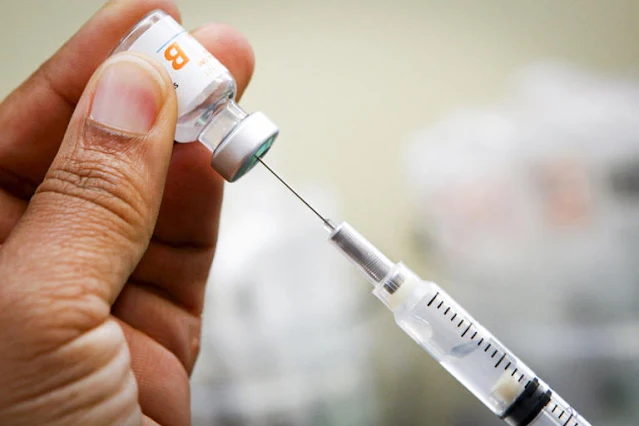Hepatitis B, if left untreated, can lead to severe liver complications, including cancer, liver failure, or death. According to the Centers for Disease Control and Prevention (CDC), of the 580,000 to 1.17 million individuals in the U.S. affected by the virus, 58% are Asian. This statistic is significant given that Asian Americans make up only about 7% of the U.S. population, but experts attribute this to the high prevalence of the disease in Asia.
As National Hepatitis Awareness Month coincides with Asian Pacific American Heritage Month in May, the CDC and its local partners are reminding Asian Americans of this concerning trend and urging them to undergo testing, as early detection can significantly impact outcomes.
Neil Gupta, a hepatitis B expert at the CDC, emphasized the importance of testing, stating, “It’s really important that we remind people that testing is the only way that someone with Hepatitis B can know that they’re infected.” He also stressed the need to communicate this message effectively in communities disproportionately affected by the virus, including Asian American Pacific Islander communities.
Gupta noted that three-quarters of hepatitis B cases in the U.S. are among immigrants, with the disease being
more prevalent in countries in Asia and the Pacific Islands than in the U.S. The World Health Organization identifies Bangladesh, China, India, Indonesia, Pakistan, the Philippines, and Vietnam as countries with particularly high case numbers, where children are more likely to be born with the virus.
Acknowledging the stigma associated with the disease, Gupta emphasized the importance of culturally sensitive approaches to healthcare. He highlighted the efforts of the CDC's local partners, who work with individual communities to address stigmas and cultural barriers, providing information in local languages through webinars and social media campaigns to encourage testing.
“It’s important to recognize that people need to hear your messages in ways that are culturally appropriate,” Gupta emphasized, “We’ve seen successful intervention brought to communities into their neighborhoods addressing and meeting people where they are so that they feel comfortable."

